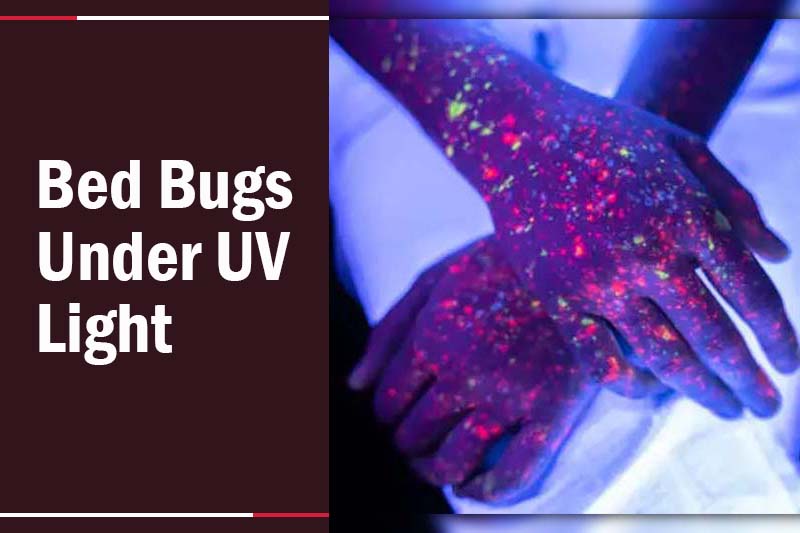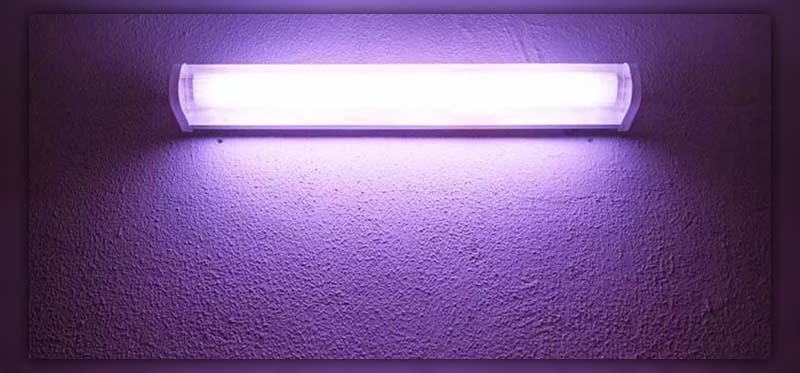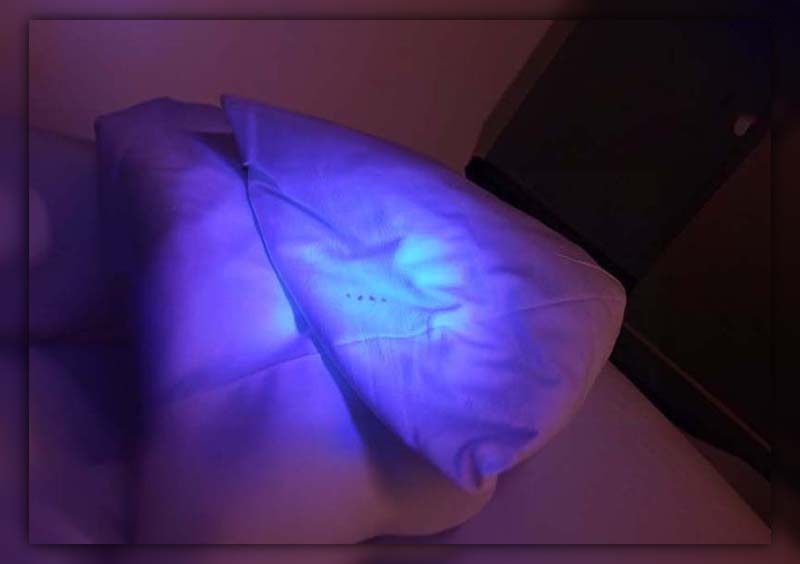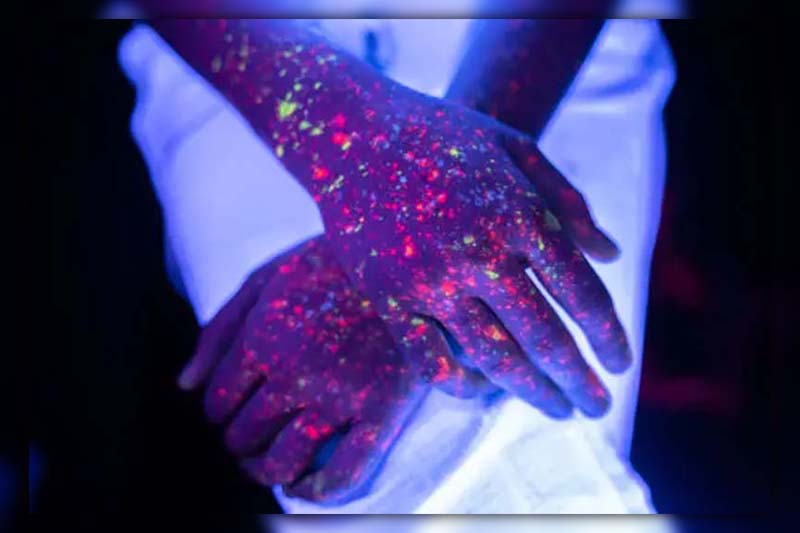Are you tired of dealing with bed bugs in your home?
If you answered yes, then you need to read this blog about UV light and bed bugs.

1. Are bed bugs attracted to UV light?
There is no clear evidence that bed bugs are attracted to UV light. In fact, some studies have shown that bed bugs avoid or are repelled by certain wavelengths of UV light. This may be because UV light can damage their DNA and cause mutations or death.
However, bed bugs may still approach or bite humans who are near a UV light source if they are hungry enough and sense their body heat and carbon dioxide.
2. How does UV light detect Bed Bugs?
UV light is a type of electromagnetic radiation that has a shorter wavelength than visible light. It can penetrate through some materials and make them glow under certain conditions.
Bed bugs have phosphorus elements on their back that absorb and reflect UV rays. This means that if you expose them to UV light, they will appear as bright spots on your bedding or furniture.

3. How to use UV lights to detect bed bugs
Here are some tips on how to use UV lights to detect bed bugs:
Choose the Right UV Light
Not all UV lights are the same. Some are more effective than others in making bed bugs glow.
The best type of UV light for detecting bed bugs is a UV flashlight or lamp that emits a pulsing wavelength of light.
Turn off all the lights in the room
To use UV lights to detect bed bugs, you need to create the optimal environment for spotting them. This means that you need to turn off all the lights in the room where you suspect an infestation and close all the doors and windows.
You also need to cover your body as much as possible, since bed bugs are attracted to your heat and may bite you if they sense you nearby.
Inspect High-Risk Areas
The next step is to inspect the high-risk areas where bed bugs are most likely to hide.
These include your mattress, box spring, headboard, footboard, pillows, sheets, blankets, comforters, sofa, chairs, curtains, carpets, rugs, baseboards, cracks, crevices, outlets, switches, picture frames, books, clothing, luggage, and any other items near your sleeping or resting area.

Expand Your Search
If you don’t find any signs of bed bugs in the high-risk areas, you may want to expand your search to other areas of your home.
You may also want to check your car, your workplace, or any other places where you spend time or carry your belongings.
Take Your Time
Using UV lights to detect bed bugs requires patience and attention. You need to take your time and scan every inch of the area you are inspecting.
You may need to move or lift items, flip or rotate mattresses, and look under or behind furniture.
Look for Fluorescence
As you use the UV light to detect bed bugs, you need to look for fluorescence. This is the glow that bed bugs produce when exposed to UV light. You may see live bed bugs, dead bed bugs, bed bug eggs, bed bug nymphs, bed bug fecal stains, or blood spots.
They may appear as pale yellow or green dots or smears on the surface of the items you are inspecting.
Double Check Your Findings
If you find something that glows under UV light, you need to double check your findings. Not everything that glows is related to bed bugs.
Some other things that may glow under UV light include dust, lint, hair, fibers, pollen, mold, bacteria, fungi, urine, semen, saliva, sweat, cosmetics, lotions, detergents, bleach, fluorescent paints, highlighters, and some types of paper or plastic.
Stay Calm and Seek Professional Help if Needed
If you find bed bugs or signs of bed bugs in your home, you need to stay calm and seek professional help if needed. Bed bugs are not a sign of poor hygiene or cleanliness, and they can infest any home regardless of its condition.
Bed bugs are also not known to transmit any diseases, but they can cause allergic reactions, skin infections, or psychological distress.
4. Does UV light kill bed bug eggs?
UV light can kill bed bug eggs if it is strong enough and applied for a long enough time. However, most commercial UV lights are not powerful enough to kill bed bug eggs effectively.
Moreover, UV light can only kill bed bug eggs that are exposed and not hidden under fabrics or inside crevices. Therefore, relying on UV light alone to kill bed bug eggs is not a good idea. To kill bed bug eggs, you need high heat or chemical treatments.
5. Can Bed Bugs See UV Light?
No, bed bugs cannot see UV light. They are blind to this type of radiation, which means that they won’t be scared or repelled by it.
However, they can see visible light, which they usually avoid. This is why it is important to use a dark room when using UV light to detect bed bugs.
Conclusion
You have just learned how UV light and bed bugs.
We hope this blog has been helpful and informative for you. If you want to learn more about bed bugs and how to get rid of them, you can check out our other blogs from Pestweek.

Calina Mabel has over 15 years of experience in the field of journalism and communications. Currently, Calina Mabel is the Content Writer for categories such as Cockroach, Ants, Bed Bugs, Mosquito, Rodent, Termite, and Flies on Pestweek.com. She aims to build content for these categories with a focus on providing valuable and accessible information to readers, in order to create the world’s largest knowledge community about Pests.
All content written by Calina Mabel has been reviewed by Emily Carter.


